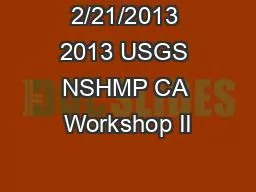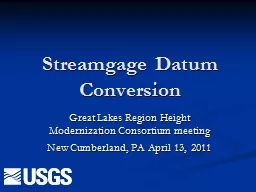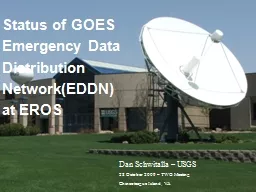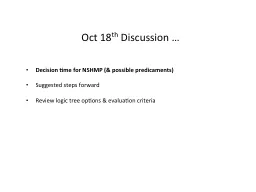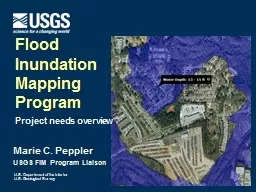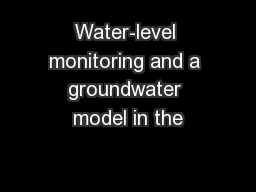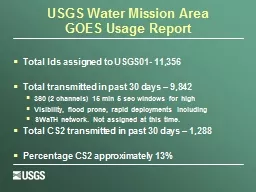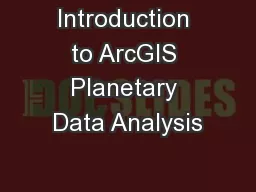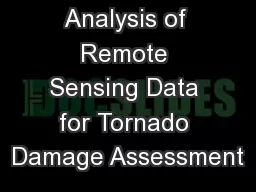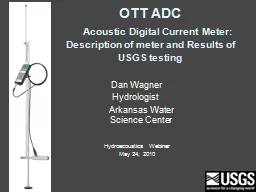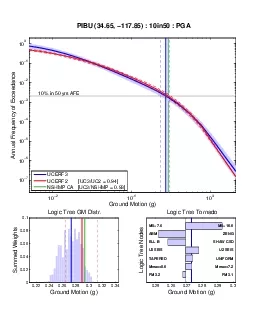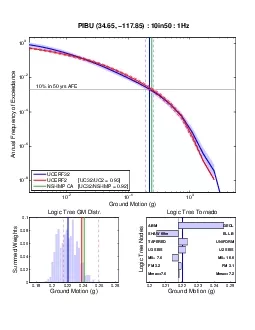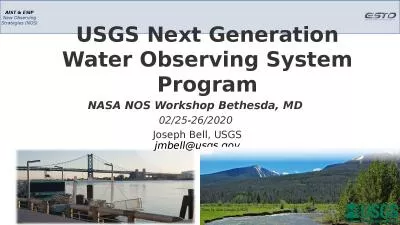PPT-2/21/2013 2013 USGS NSHMP CA Workshop II
Author : gristlydell | Published Date : 2020-08-29
1 UCERF32 Hazard Implications Hazard comparison metrics Inversion testing C onvergence and eqn set weighting Hazard maps Influence of logic tree branches Contributions
Presentation Embed Code
Download Presentation
Download Presentation The PPT/PDF document "2/21/2013 2013 USGS NSHMP CA Workshop II" is the property of its rightful owner. Permission is granted to download and print the materials on this website for personal, non-commercial use only, and to display it on your personal computer provided you do not modify the materials and that you retain all copyright notices contained in the materials. By downloading content from our website, you accept the terms of this agreement.
2/21/2013 2013 USGS NSHMP CA Workshop II: Transcript
Download Rules Of Document
"2/21/2013 2013 USGS NSHMP CA Workshop II"The content belongs to its owner. You may download and print it for personal use, without modification, and keep all copyright notices. By downloading, you agree to these terms.
Related Documents

